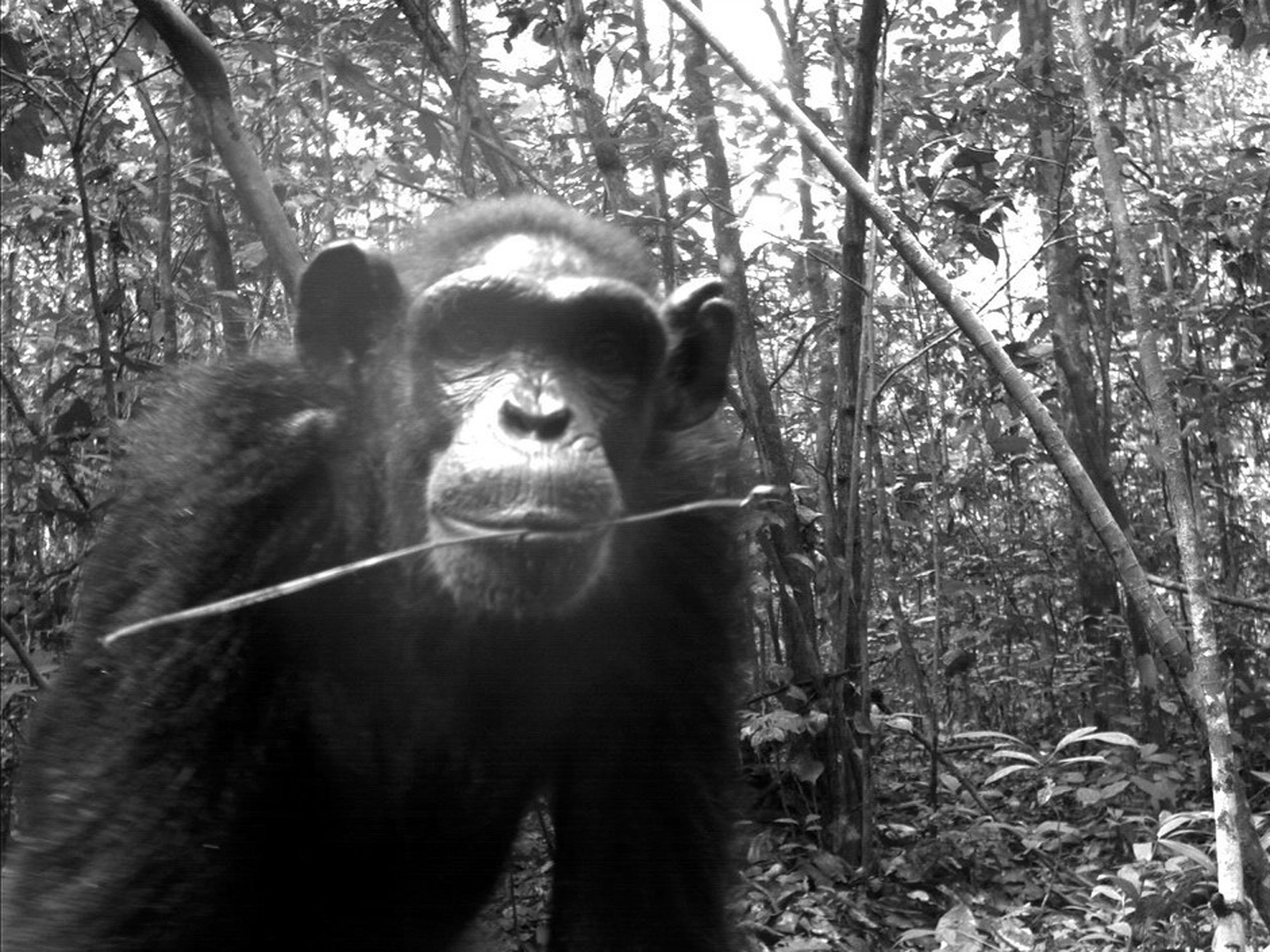
Photographs of elephants deep in the Ugandan jungle, leopards in the Ecuadorian rain forests or jacquacus in a national park in Peru have never been seen like this before. Caught without the presence of a human photographer, animals were captured alone in their homes as part of an initiative by TEAM, the Tropical Ecology Assessment and Monitoring Network. Since 2007, TEAM has installed cameras in the middle of remote areas all over the world to collect data on local animals and climate with hopes of monitoring local trends in tropical biodiversity to provide early warnings about climate change.
The result is a series of candid black-and-white images that give a truly up-close look at animals in their natural habitats. The process begins with camera installation, itself a laborious task: fieldworkers go into the jungle or forest without trails, often walking for days to get to the desired location. After installing the camera in a predetermined location, the workers test its functionality and return 30 days later to retrieve the technology. Cameras take between 3,000 and 20,000 images at each installation site and record the time, date and moon phase, as well as the f-stop and exposure of the film, while workers later identify the species and group series.
TEAM hasn’t discovered any new species to date, but they have found animals previously unknown to a particular area. For example, in Costa Rica, the Central American Tapir was thought to be locally extinct from that site, but TEAM captured photos of the tapir with babies. Likewise, TEAM was able to confirm the presence of elephants in areas of Uganda thought to be without the mammal for years.
In the future, TEAM hopes to expand the number of sites from 17 to 40 locations. At a macro level, the organization disseminates information to global leaders and plays an active role in the Intergovernmental Science-Policy Platform for Biodiversity and the International Union for Conservation of Nature. On a local level, TEAM works with partners to develop products that help them manage their forests and parks, including changes in the abundance of species and overall animal communities. And only five years into the project, there’s no telling what information—and images—are yet to be discovered.
The Tropical Ecology Assessment and Monitoring (TEAM) Network is a partnership between Conservation International, The Missouri Botanical Garden, The Smithsonian Institution and the Wildlife Conservation Society, and partially funded by these institutions and the Gordon and Betty Moore Foundation. More information about TEAM can be found here.
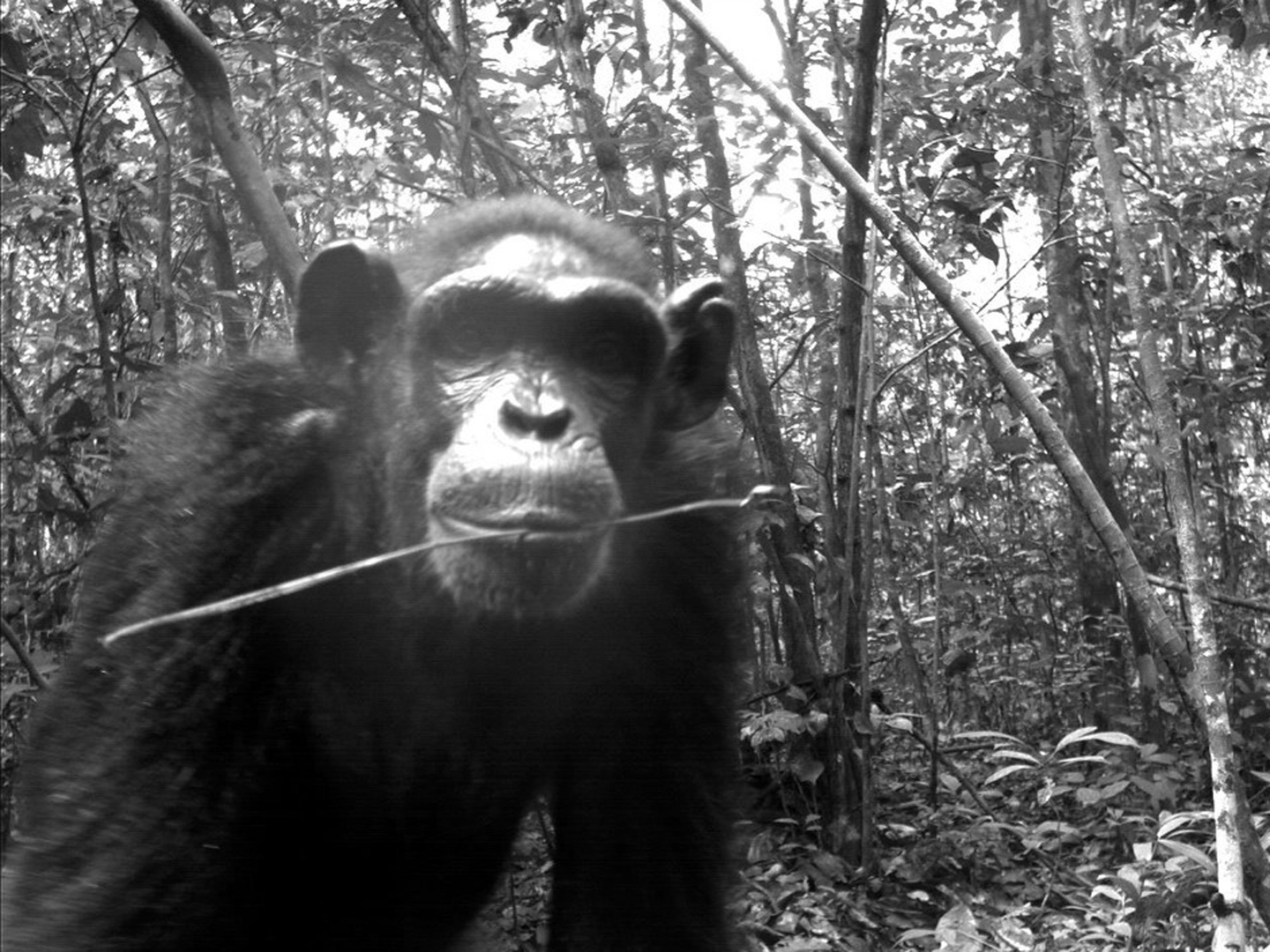

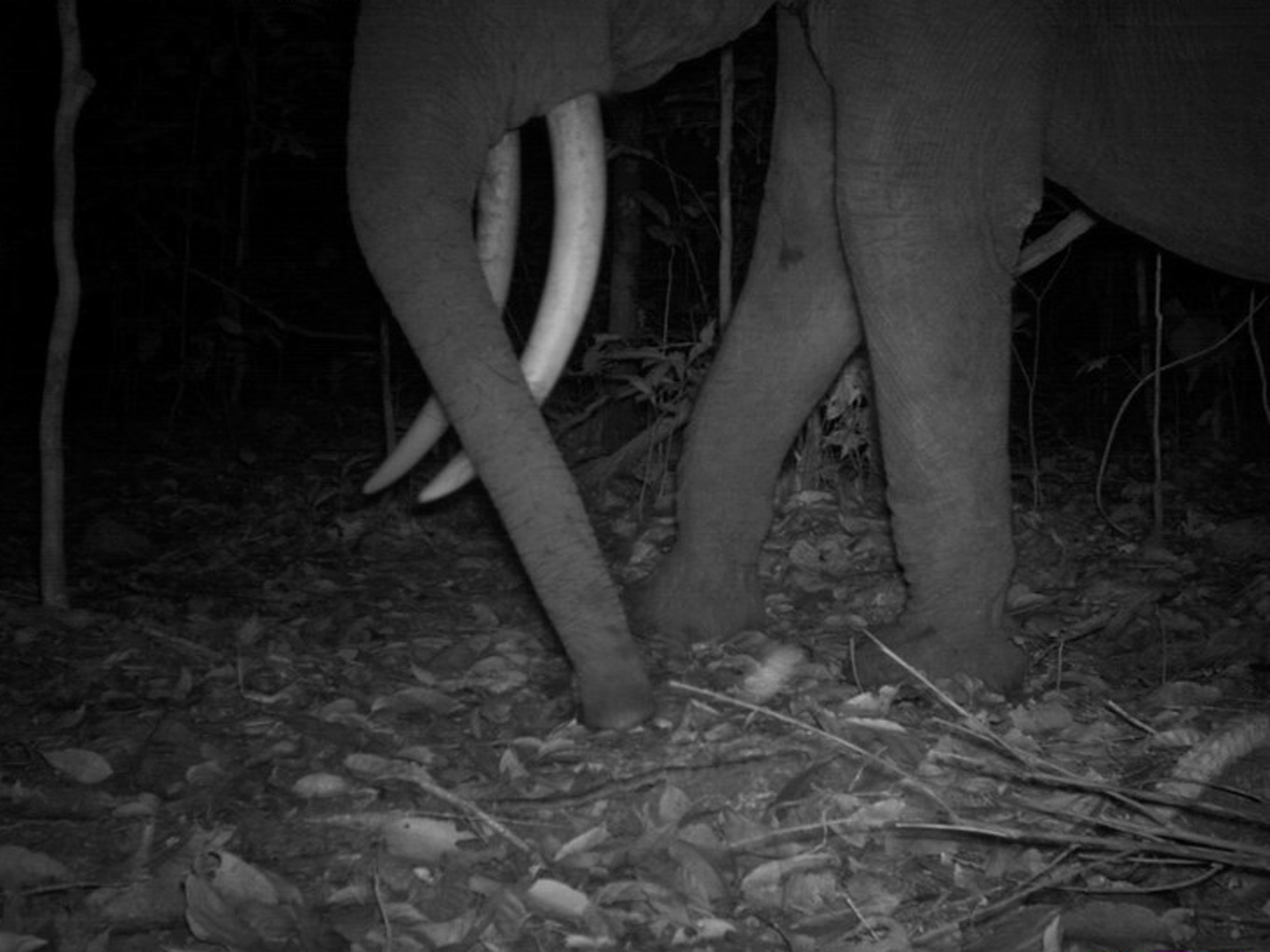
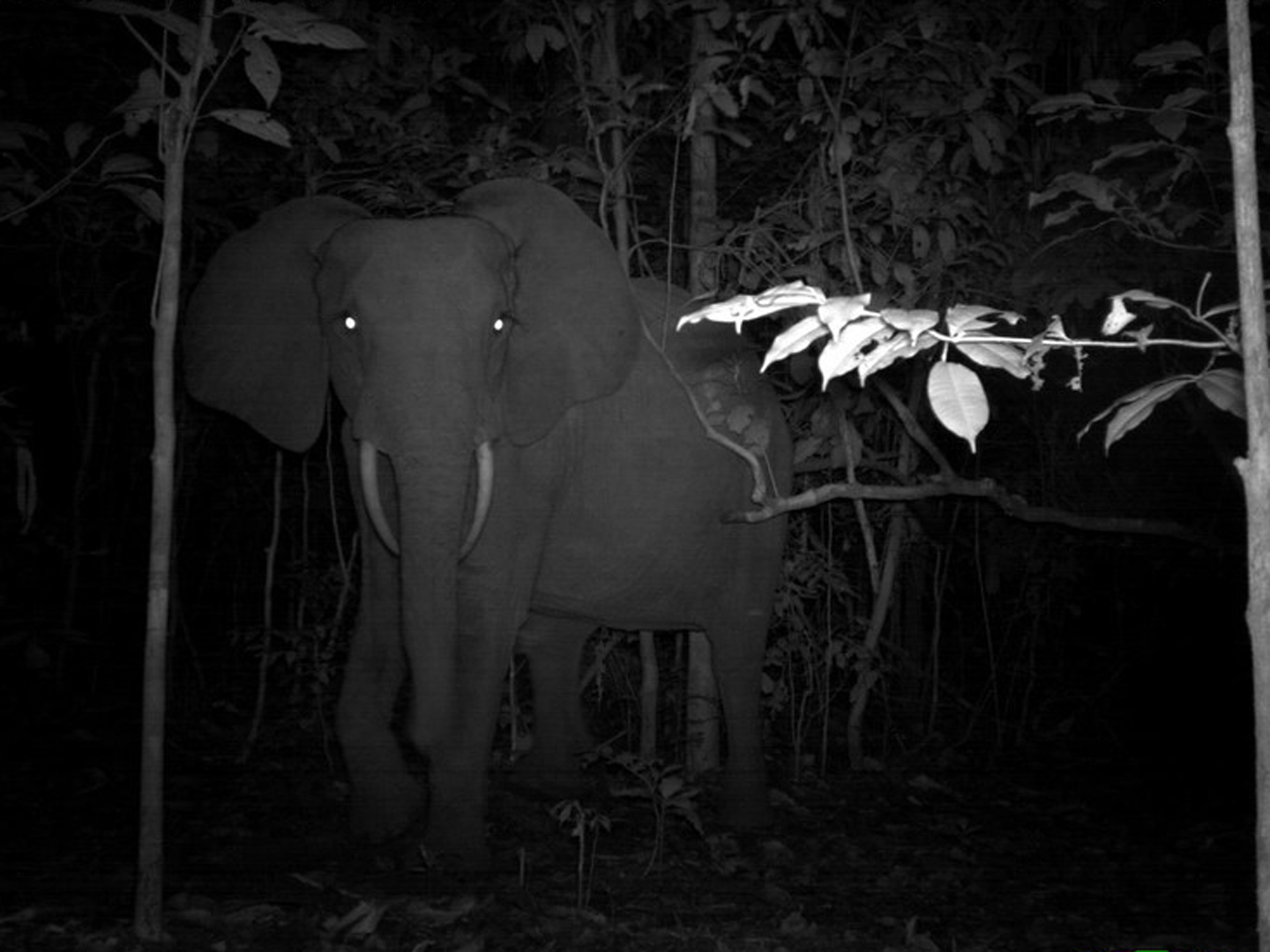

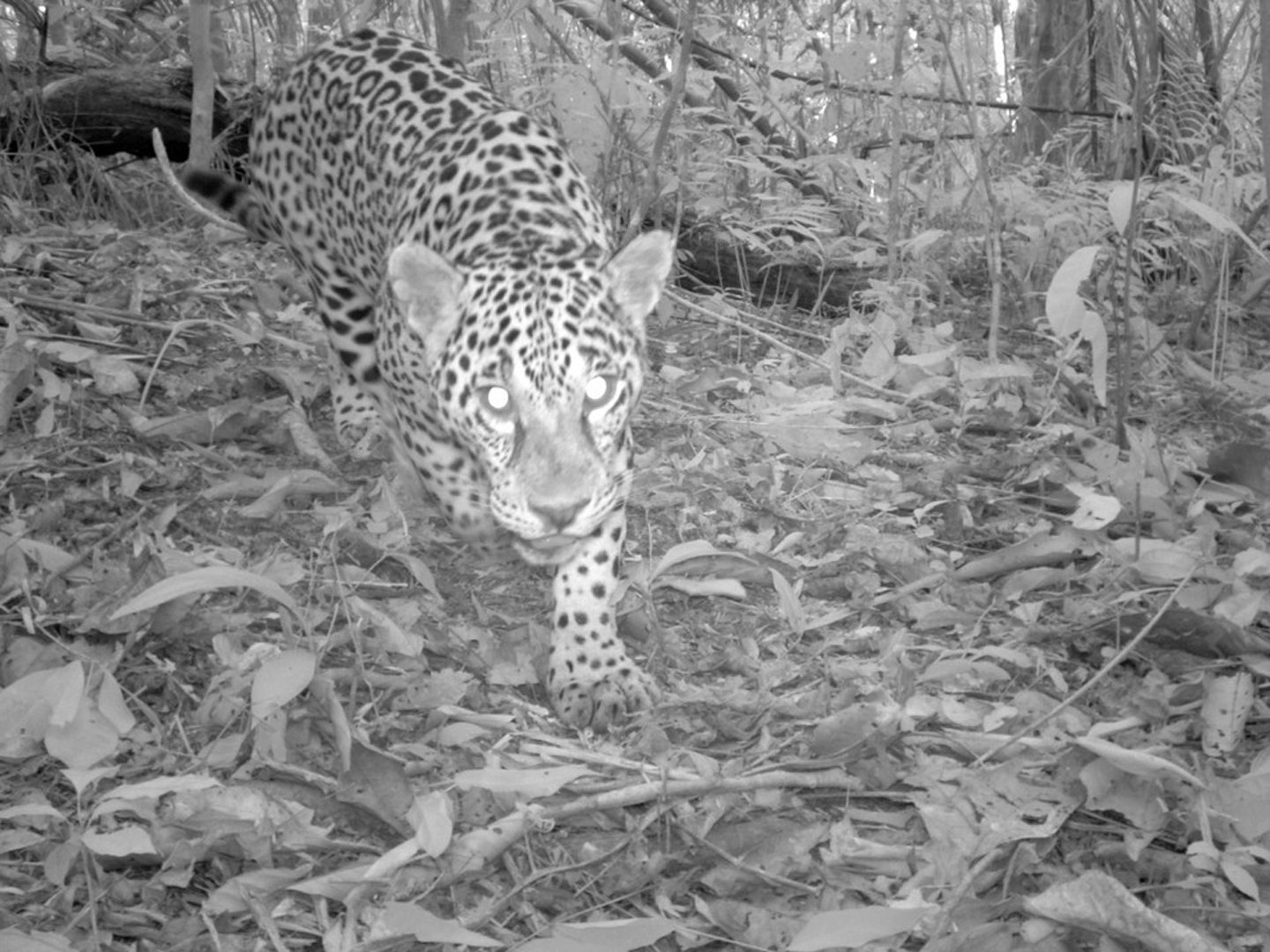
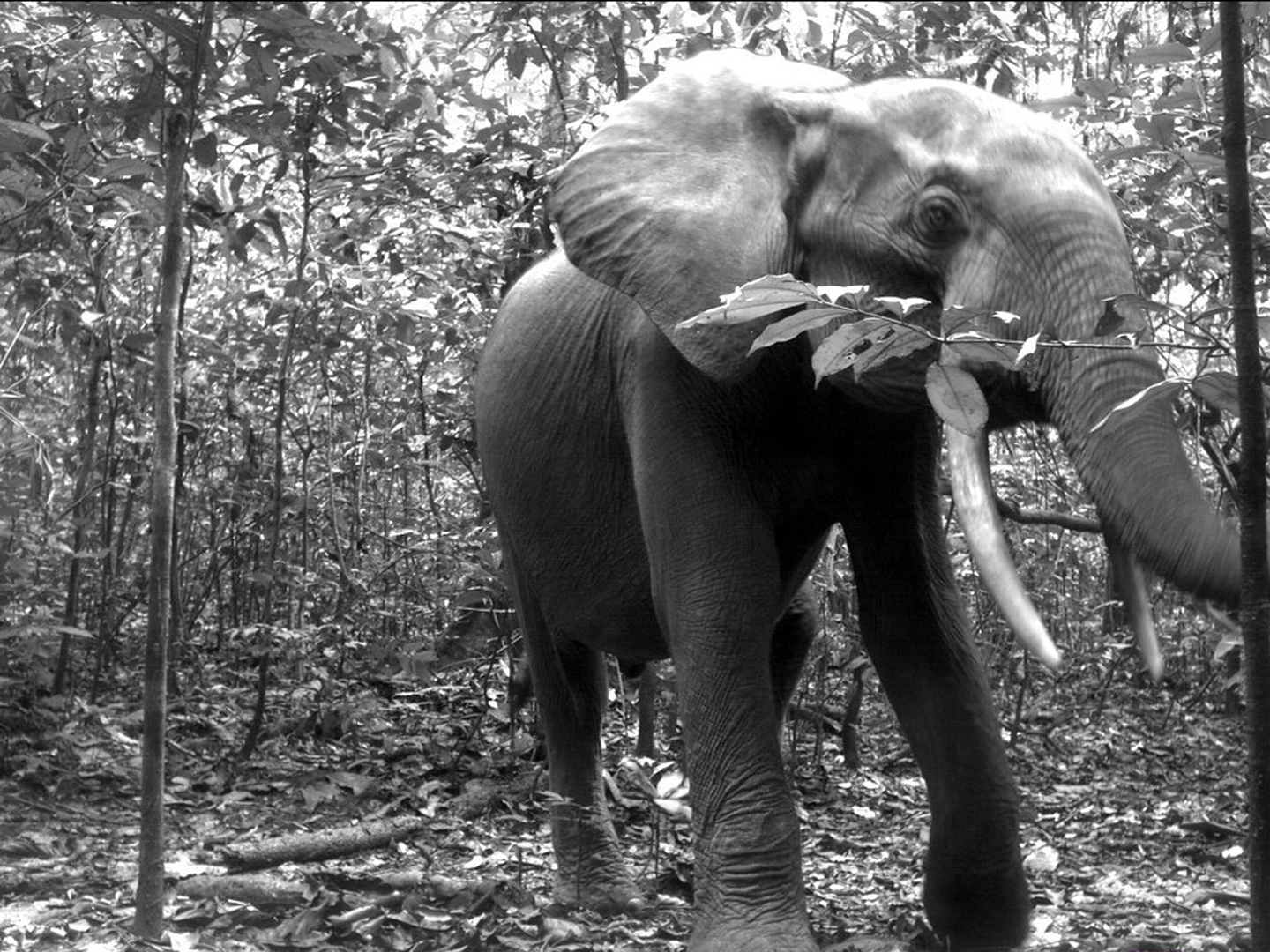

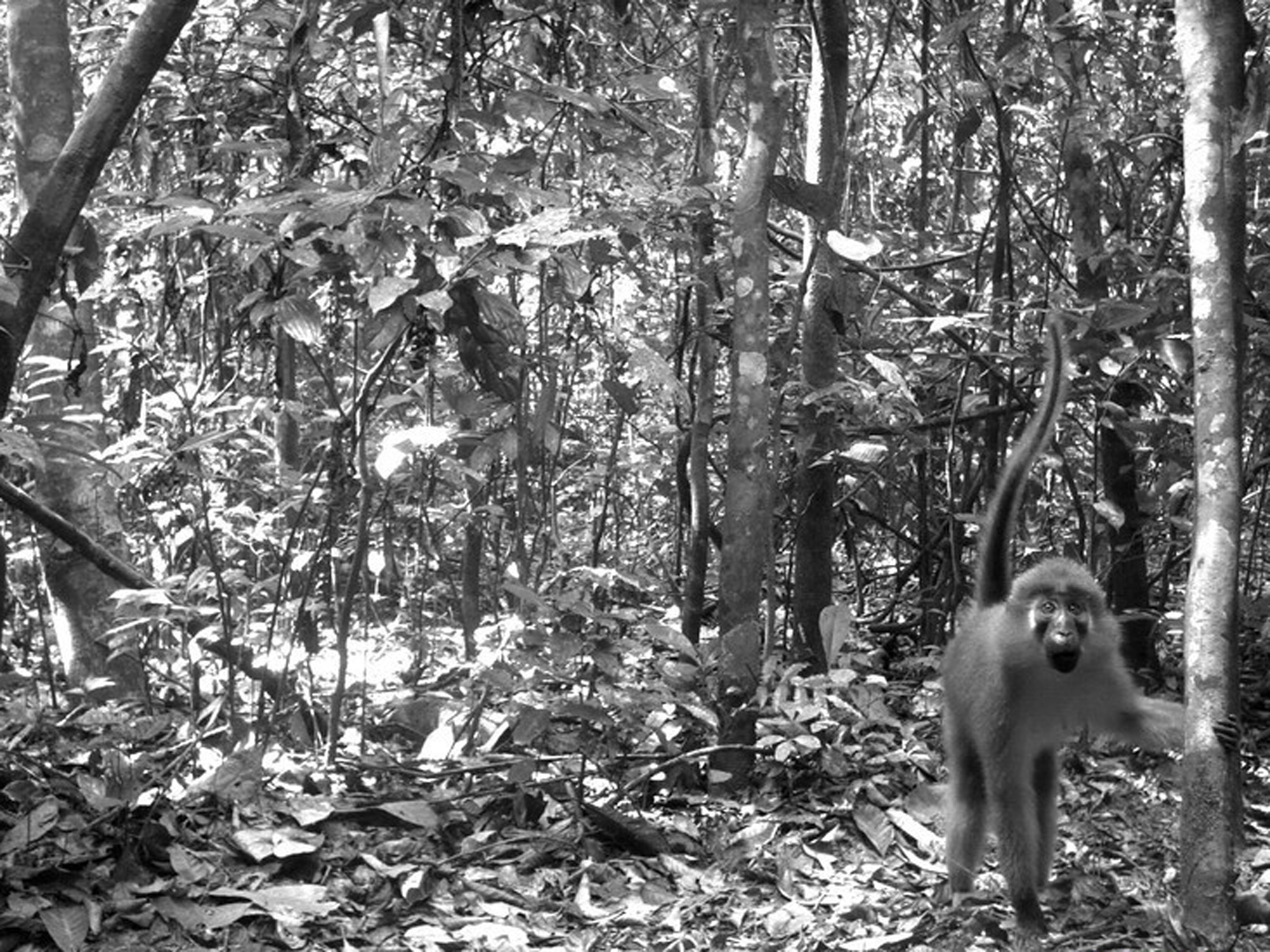
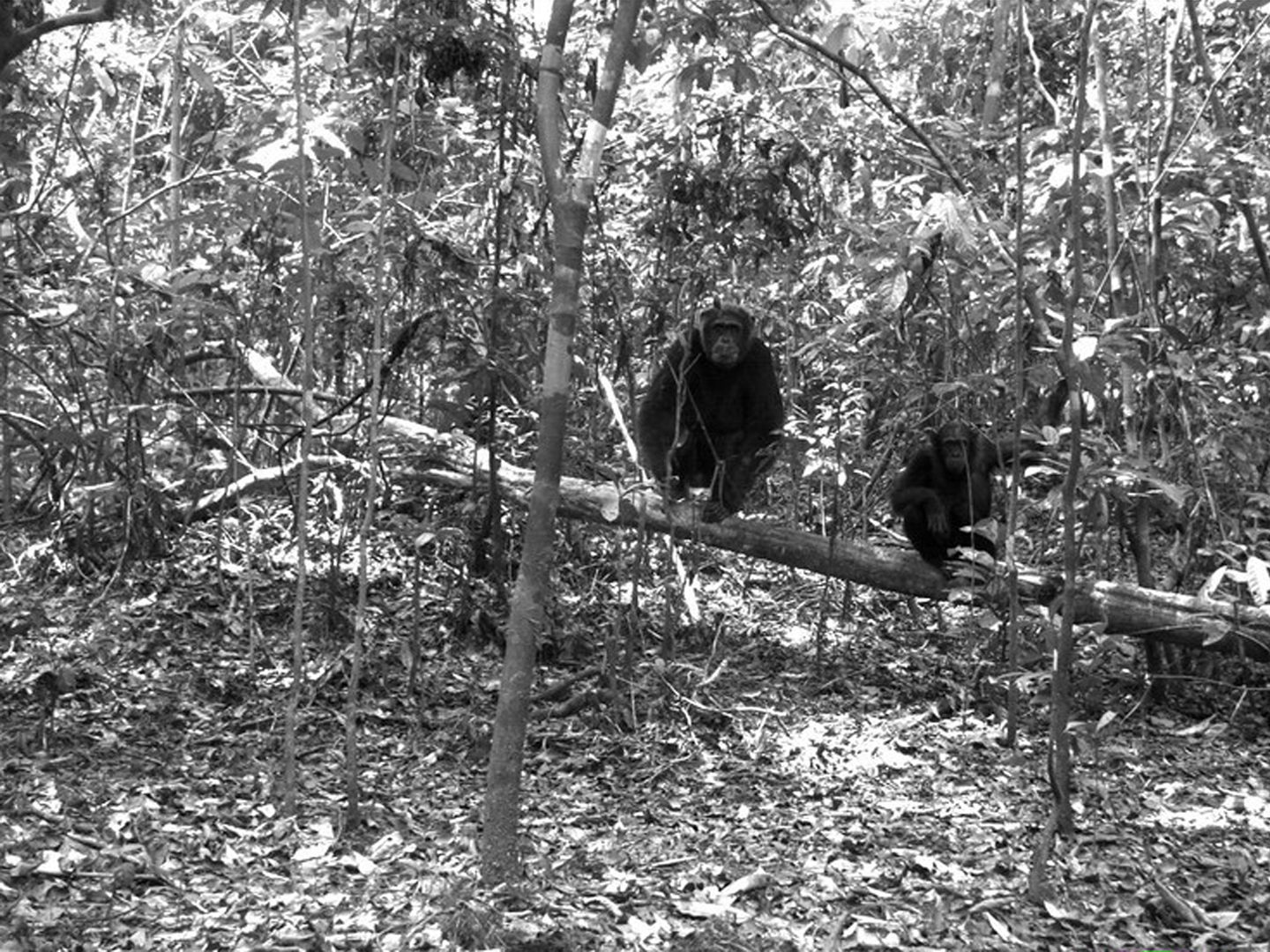



More Must-Reads from TIME
- Cybersecurity Experts Are Sounding the Alarm on DOGE
- Meet the 2025 Women of the Year
- The Harsh Truth About Disability Inclusion
- Why Do More Young Adults Have Cancer?
- Colman Domingo Leads With Radical Love
- How to Get Better at Doing Things Alone
- Michelle Zauner Stares Down the Darkness
Contact us at letters@time.com